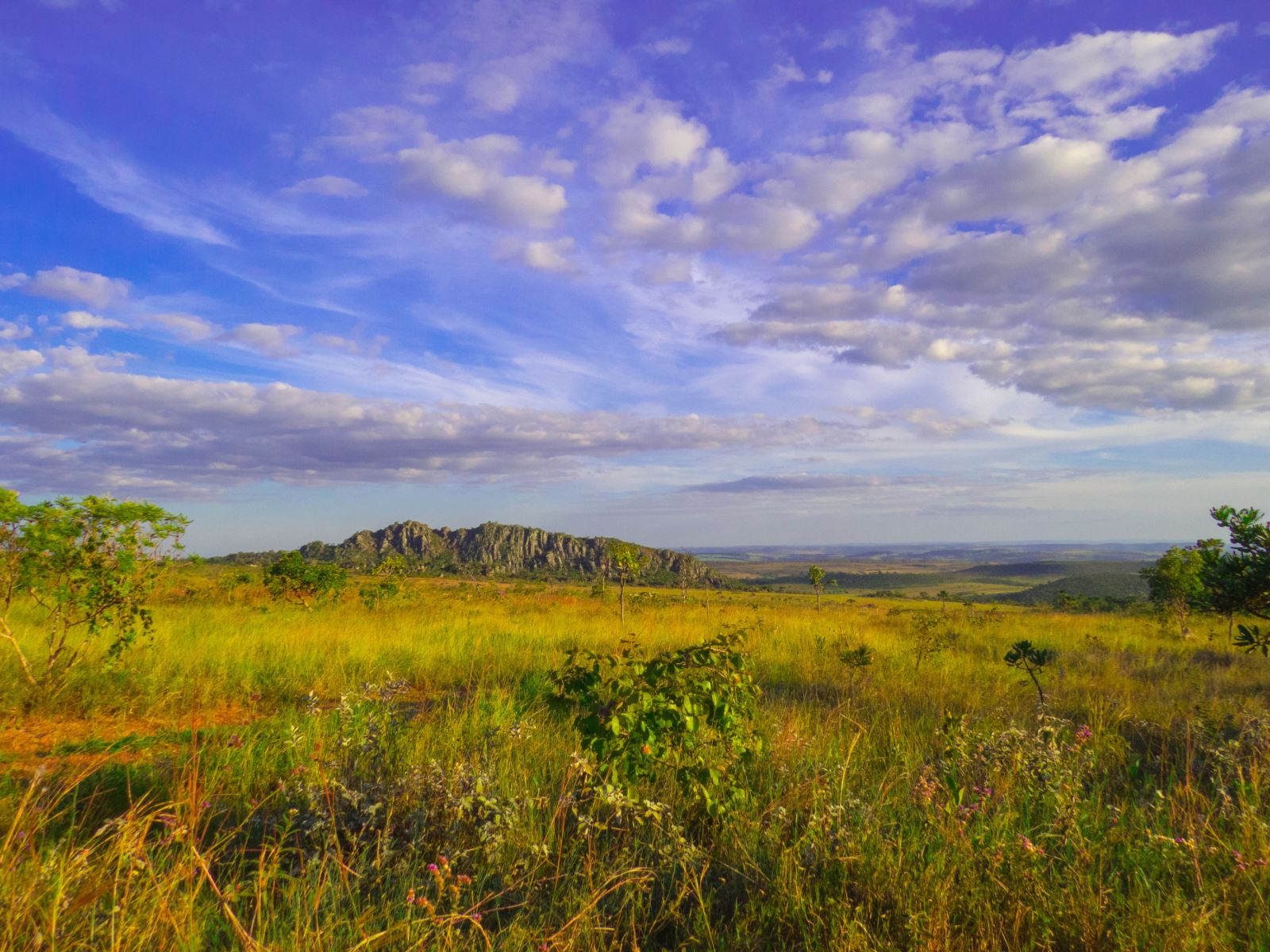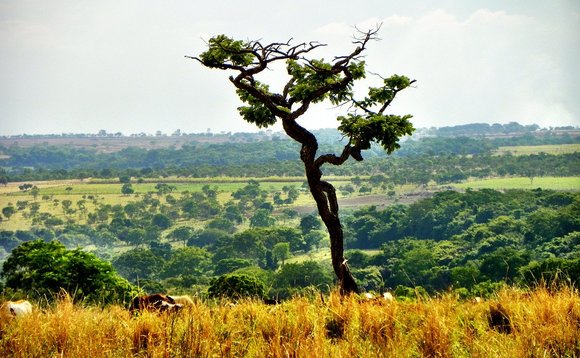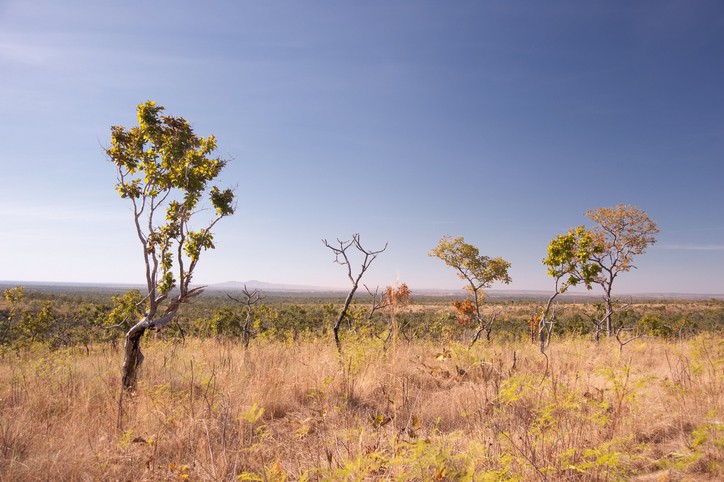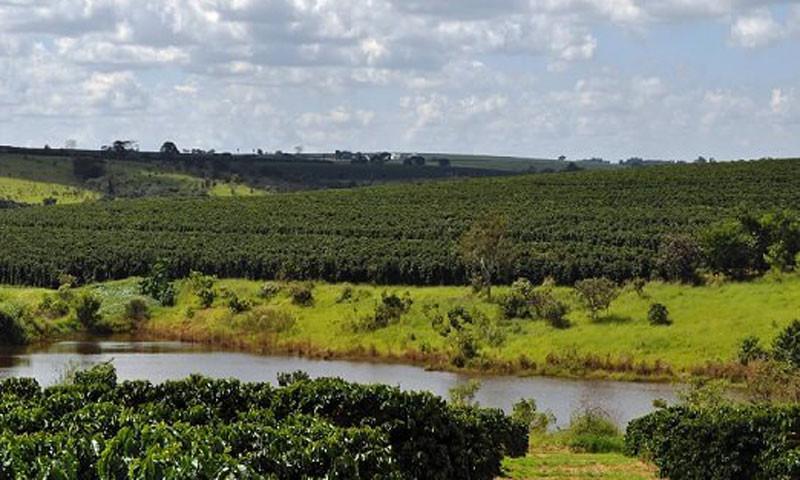The Cerrado is a vast tropical savanna ecoregion of Brazil, particularly in the states of Goiás, Mato Grosso do Sul, Mato Grosso, Tocantins, Minas Gerais and the Federal District.

The Cerrado biome core areas are the plateaus in the center of Brazil. The main habitat types of the Cerrado include: forest savanna, wooded savanna, park savanna and gramineous-woody savanna. Savanna wetlands and gallery forests are also included. The second largest of Brazil's major habitat types, after the Amazonian rainforest, the Cerrado accounts for a full 21 percent of the country's land area (extending marginally into Paraguay and Bolivia).

The first detailed account of the Brazilian cerrados was provided by Danish botanist Eugenius Warming (1892) in the book Lagoa Santa, in which he describes the main features of the cerrado vegetation in the state of Minas Gerais.

Since then vast amounts of research have proved that the Cerrado is one of the richest of all tropical savanna regions and has high levels of endemism.

Characterized by enormous ranges of plant and animal biodiversity, World Wide Fund for Nature named it the biologically richest savanna in the world, with about 10,000 plant species and 10 endemic bird species. There are nearly 200 species of mammal in the Cerrado, though only 14 are endemic.
According to en.wikipedia











